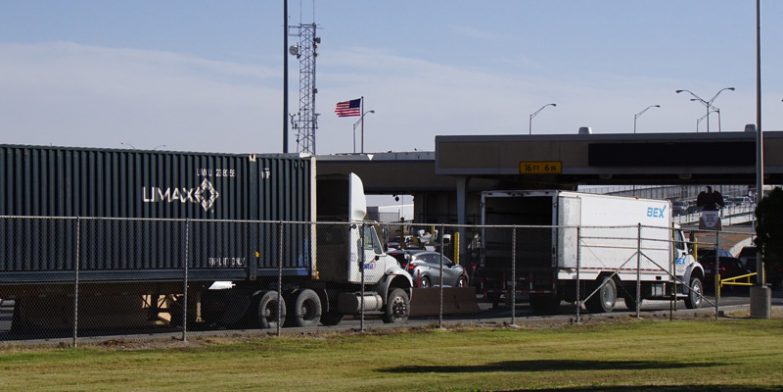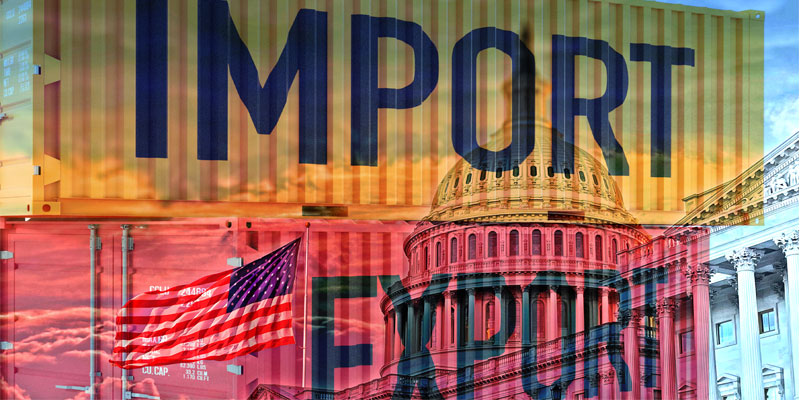
Trade between China and Mexico expanded in 2023 and the massive growth in movements saw Mexico leapfrog China in the first quarter to become the No.1 trading partner for imports into the U.S.
Container shipping demand from China to Mexico increased by a massive 59.7% year-on-year, rising from 73,000 TEU to 117,000 TEU in a single month and is probably the strongest growing trade in the world right now.
The strength in trade between China and Mexico has been accelerating, with the annual growth rate growing 900%, from 3.5% in 2022 to 34.8% last year, however, with a sizeable portion of these goods likely being trucked into the US, it gives rise to the possibility that China’s increase in trade with Mexico is being used to circumvent US tariffs.
Last year, Mexico ranked as the top trade partner of the U.S., with Canada ranked No. 2, followed by China at No. 3.
In 2023, the China to US West Coast trade lane was 11 times bigger than China to Mexico, but by the beginning of 2023 it was only nine times bigger and the growth rates suggest a shift is occurring.
To illustrate the rate of change, if the current growth rates for China to US West Coast (+17.1%) and China to Mexico (+59.7%) are fixed going forward, then by the year 2031 more containers would be shipped from China to Mexico than China to the US West Coast.
Development has begun on a 3.7 million-square-foot Rancho Del Rey Logistics Park in El Paso, Texas, which is just three miles from the Ysleta-Zaragoza International Bridge, a port of entry along the U.S.-Mexico border.
Rancho Del Rey will be built in three phases, with several warehouse and distribution buildings. The first building will have 1.38 million square feet of space and is expected to be completed by the end of this year.The total project is scheduled to be completed by the end of 2026.
While most major trades have experienced spot market volatility over the past year, China to Mexico West Coast spot rates grew nearly 130% in Q1 2023, while spot market rates from China to the US West Coast stayed substantially lower and increased just over 70%.
However, in a complete reversal, spot rates for Chinese exports into the US West Coast more than doubled in February in the aftermath of the Red Sea crisis, compared to 2023 while rates from China into Mexico peaked earlier in January and at a much lower level.
Our U.S. team leverage the group’s long-term ocean carrier relationships and $Billion buying-power to deliver cost-effective sea freight solutions, that smooth out rate fluctuations into domestic and Mexican West Coast and East Coast ports including Manzanillo, Lázaro Cárdenas, Altamira and Veracruz.
EMAIL Adam Davies, Global Forwarding USA, Vice President.





